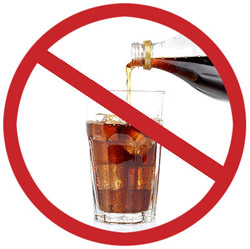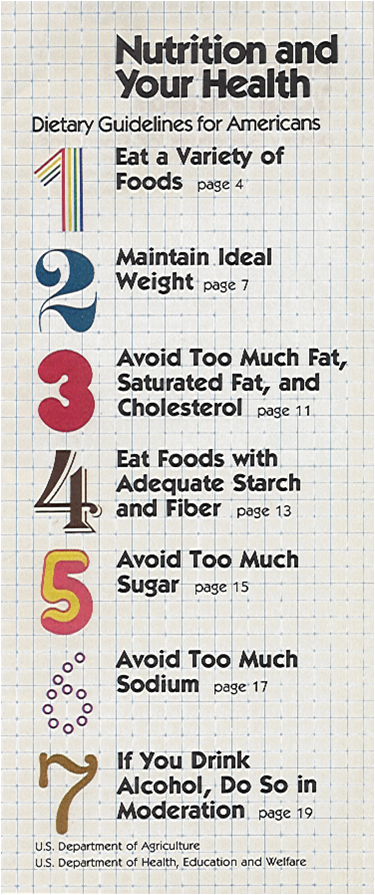So let's get down to business. If you are a dietitian or healthcare provider, you might have had November 30th circled on your calendar. No , not for a after Thanksgiving day sale. No, it was the day that the Institute of Medicine (IOM) was going to release their long-awaited recommendations on intake and supplementation of Vitamin D.
Many were eager to hear the recommendations because for some time now, Vitamin D supplementation has been a hot topic. Aside from it's role in bone health, there have been many studies that have possibly linked low Vitamin D levels to increased risk of having a variety of diseases like some cancers, depression, coronary artery disease and even a possible link to obesity.
It has been speculated that most of the US population is deficient in Vitamin D for a few reasons. Firstly, there are few good food sources of Vitamin D. Secondly the recommended intake levels were quite low (400 International Units [IU] / day), so fortification levels and amounts in multivitamins was not high. Lastly, the best source of Vitamin D is from the sun. When the ultraviolet B rays from the sun hit our skin, we produce the active form of Vitamin D. But using sun block prevents the ultraviolet B (UVB) rays from hitting the skin thereby preventing the creation of Vitamin D. Also, most of us lead increasingly sedentary lifestyles which prevent us from being in the sun during the best times for UVB ray absorption.
So many were waiting for November 30th to role around to hear what the report from IOM was going to say. Many hoped that this report would call for dramatic increases in the recommended intake levels for Vitamin D. The findings concluded:
Scientific evidence indicates that calcium and vitamin D play key roles in bone health. The current evidence, however, does not support other benefits for vitamin D or calcium intake. More targeted research should continue. However, the committee emphasizes that, with a few exceptions, all North Americans are receiving enough calcium and vitamin D. Higher levels have not been shown to confer greater benefits, and in fact, they have been linked to other health problems, challenging the concept that "more is better."The final recommendations were for a slight increase in the Dietary Reference Intake (DRI) from 400 IU/day for adults to 600 IU. The DRI for adults over 71 increased to 800 IU. You can read the full report here, the brief report here, and see the DRI recommendations here.
Many, including me were a little shocked by the findings. There have been a lot of articles since the report was released. One of the better ones is in the Wall Street Journal that recaps different reactions to the IOM's findings. Another good read is by Dr. David Katz in the Huffington Post which looks at both pros and cons of the issue. For another perspective you should read the official response from the pro-Vitamin D group, Vitamin D Council to see just how upset some are. Needless to say, there is some controversy to the findings.
Personally, what frustrated me more that the IOM findings was what I feel was yet another misstep by the American Dietetic Association (ADA). Soon after the report was released, the ADA released this press release which basically stood behind the IOM's findings. I wished my professional organization would have had the courage to take a more critical position. They could have supported the findings while also saying that we, as a profession, look forward to more research in the area of how Vitamin D may play a role in other chronic diseases. I understand the politics involved with not standing behind the IOM but couldn't the ADA have taken a few days to discuss the matter? Why issue a release just hours after the IOM publishes the findings? Why not have the conversation with your constituents to see what is best as an organization. Not well played in my opinion.
Bottom Line: Get your Vitamin D level tested. If it is below 30 ng/mL, talk to your doctor about supplementation. Since even the conservative new upper limits for Vitamin D intake by the IOM are 4000 IU/day it is still safe to take a 1000 IU supplement if you do not get 15-20 minutes mid-day sun exposure.











